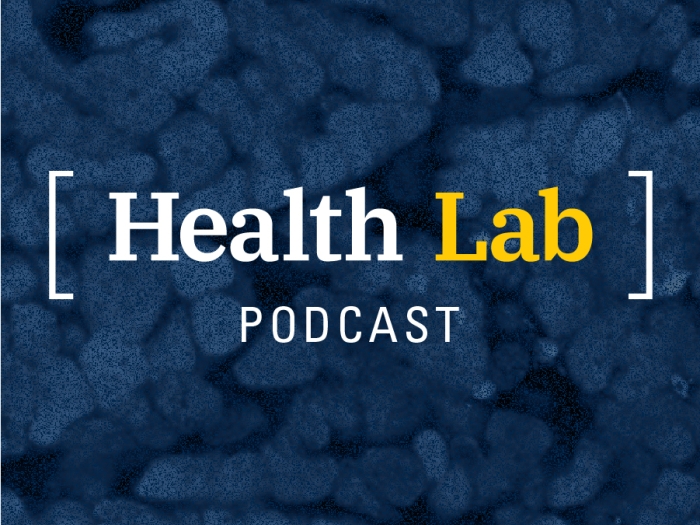Babies born between 34 and 36 weeks start on track with peers. But they may start falling behind by preschool and kindergarten.
1:00 PM
Author |

Developmental differences in babies born four to six weeks early may not show up until after they turn 2, a new study suggests.
SEE ALSO: Artificial Placenta Holds Promise for Extremely Premature Infants
Researchers from C.S. Mott Children's Hospital and the Center for Human Growth and Development (CHGD) at the University of Michigan tracked children from infancy through kindergarten and compared developmental outcomes between late preterm infants (born between 34 and 36 weeks); those born early term (37 to 38 weeks) and term (39 to 41 weeks).
At age 2, late preterm babies were developmentally on track with peers, performing equally well on tasks such as recognizing faces and objects, understanding directions and naming items. By preschool and kindergarten, however, this group showed less than optimal math and reading scores compared to children born at full term, according to the findings published in Pediatrics.
"We found small but meaningful differences in developmental outcomes between late preterm infants and full-term groups, which if applied to larger populations, may have potentially significant long-term public health implications," says lead author Prachi Shah, M.D., a developmental and behavioral pediatrician at Mott and an assistant research scientist at CHGD.
"We found that developmental differences began emerging between 24 months and preschool, which suggests that late preterm infants may benefit from closer developmental monitoring and interventions before starting school."
Outcomes among a representative population
Researchers analyzed data on 1,000 late preterm, 1,800 early term and 3,200 full-term infants from the Early Childhood Longitudinal Study, Birth Cohort. The study is the first to track and compare developmental outcomes of early term and at term groups in a nationally representative, population-based U.S. sample.
SEE ALSO: How 3-D Printed Devices Saved Three Babies' Lives
Authors point to potential explanations for the pattern of development in late preterm infants from nine months to kindergarten. Compared with infants born full term, the late preterm brain has lower brain volume and less distinct patterns of neural connectivity. These structural differences, including lower gray matter volume, may have implications for developmental outcomes that emerge in the preschool and early childhood period.
Limitations in tools used to track early development and subtle differences in brain development that become more noticeable with age may also help explain the lack of observable developmental differences before 24 months, researchers say.
"We have come a long way in improving outcomes for babies born early, but more research is needed to understand long-term developmental outcomes," says senior author Julie Lumeng, M.D., a developmental and behavioral pediatrician at Mott.
Takeaways for pediatricians:
-
Late preterm infants born slightly preterm are typically not followed in neonatal follow-up clinics and merit close developmental monitoring in the period prior to school entry.
-
For the child born late preterm, the preschool and kindergarten health supervision visits are an important opportunity to inquire about skills in early reading and math including letter and word recognition, letter sounds, number recognition, counting and recognition of colors and shapes, which are some foundational skills for school readiness.
-
Promoting early literacy and numeracy in the heath supervision visit is indicated for all children, but may be especially helpful for children born late preterm. Parents should be encouraged to provide opportunities to foster skills in early reading and math, including reading to children, encouraging conversation around book sharing and practicing counting and pattern recognition.
-
If a child born in the late preterm period demonstrates suboptimal early reading and math skills in the preschool and kindergarten period, the child should be referred for psychoeducational testing through the school system, with consideration for more in-depth developmental testing.

Explore a variety of health care news & stories by visiting the Health Lab home page for more articles.

Department of Communication at Michigan Medicine
Want top health & research news weekly? Sign up for Health Lab’s newsletters today!





